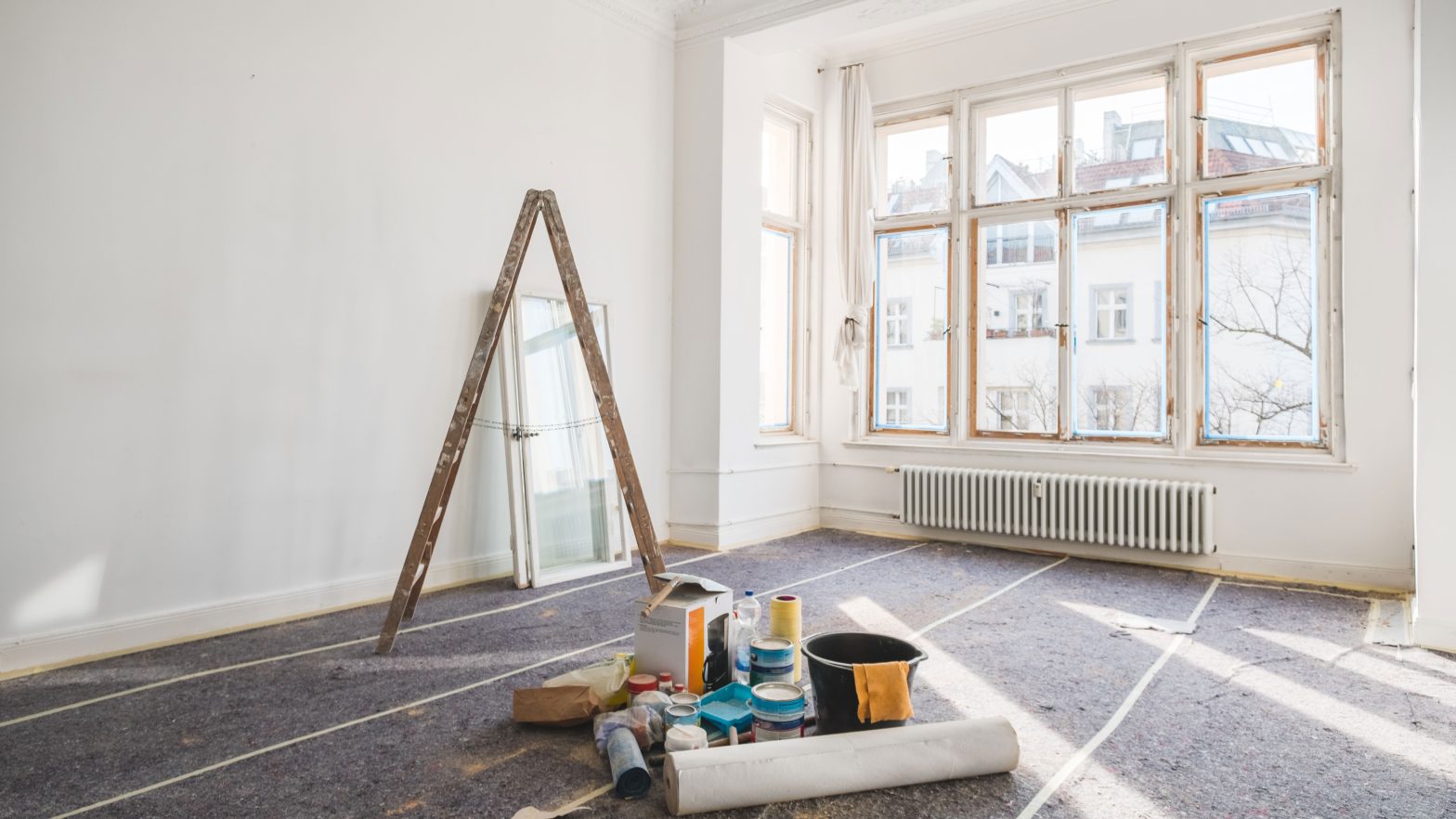What to Do First When Renovating: A Step-by-Step Guide
Introduction
Renovating a home can be an exciting yet challenging endeavor. Whether you’re planning a small-scale update or a major overhaul, careful planning and preparation are crucial to ensure a successful renovation project. With so many tasks and decisions involved, it’s essential to prioritize your actions. In this article, we’ll explore the essential steps to take when embarking on a home renovation project.
1. Define Your Goals
Before diving into any renovation project, it’s important to have a clear vision of what you want to achieve. Take the time to assess your needs, desires, and budgetary constraints. Are you looking to modernize your kitchen, create a more functional workspace, or update your home’s aesthetics? Defining your goals will help you make informed decisions throughout the renovation process.
2. Set a Realistic Budget
Once you have a clear idea of your renovation goals, it’s time to establish a realistic budget. Research the costs associated with similar renovation projects, consult with contractors, and factor in any unexpected expenses. Be sure to include a contingency fund for unforeseen issues that may arise during the renovation. Having a well-defined budget will help you prioritize your spending and avoid overspending.
3. Hire Professionals
Unless you’re a seasoned DIY enthusiast, it’s advisable to hire professionals for certain aspects of your renovation project. Depending on the scope of work, you may need an architect, interior designer, general contractor, or specialized tradespeople. Do your due diligence and research reputable professionals in your area. Obtain multiple quotes, review their portfolios, and check references. Hiring experienced professionals will ensure that your renovation is executed to a high standard.
4. Obtain Permits and Permissions
Before commencing any structural changes or major renovations, it’s essential to check local building codes and obtain the necessary permits and permissions. Failure to comply with regulations can result in costly fines or even demolition of the work done. Consult with your local building authority to understand the requirements specific to your area. It’s better to be proactive and follow the rules from the start.

5. Develop a Detailed Plan
With your goals, budget, and professionals in place, it’s time to create a detailed renovation plan. Collaborate with your contractor or designer to develop a comprehensive scope of work, including timelines and material specifications. Consider the order in which tasks should be completed to ensure a smooth workflow. A well-thought-out plan will minimize delays and confusion during the renovation process.
6. Start with Structural and Mechanical Changes
When commencing your renovation, prioritize structural changes and any required mechanical upgrades. These include items such as plumbing, electrical work, insulation, and HVAC systems. Addressing these essential components at the beginning will prevent disruptions and save you from having to redo finished work later on. It’s crucial to get the foundation right before moving on to the cosmetic aspects of your renovation.
7. Focus on Functional Spaces
After addressing the structural and mechanical aspects, it’s time to focus on functional spaces. Start with areas that receive the most use or require immediate attention. This could be renovating the kitchen, bathroom, or living room. Ensure that the layout, storage, and functionality of these spaces meet your needs. Remember to strike a balance between aesthetics and practicality to create a space that is both visually appealing and highly functional.
8. Upgrade Electrical and Lighting
While working on functional spaces, it’s a good idea to upgrade your electrical systems and lighting. Consider installing energy-efficient fixtures, adding additional outlets, or upgrading to smart home technology. Proper lighting can enhance the ambiance of your space and improve functionality. Work with a licensed electrician to ensure all electrical work is done safely and up to code.
9. Address Plumbing and Water Systems
Next, focus on plumbing and water systems within your home. Replace old, inefficient plumbing fixtures with newer models that conserve water and reduce utility costs. Inspect your plumbing for leaks or damage and repair or replace as necessary. Consider upgrading to water-saving appliances, such as low-flow toilets or showerheads, to promote sustainability in your home.
10. Enhance Insulation and Energy Efficiency
Improving your home’s insulation and energy efficiency is not only environmentally friendly but can also save you money on utility bills. Consider adding insulation to your walls, attic, and floors to reduce heat loss and improve comfort. Upgrade windows and doors to energy-efficient models that minimize drafts and heat transfer. Explore options for renewable energy sources, such as solar panels, to further reduce your carbon footprint.
11. Focus on Interior Finishes
Once the structural and functional aspects are addressed, you can turn your attention to interior finishes. This includes selecting flooring materials, wall finishes, paint colors, and cabinetry. Work closely with your interior designer or contractor to choose finishes that align with your aesthetic preferences and overall design vision. Pay attention to details such as trim work, moldings, and hardware to elevate the overall look of your space.
12. Consider Exterior Upgrades
While renovating the interior, don’t forget about the exterior of your home. Enhancing curb appeal can significantly increase the value of your property. Consider repainting the exterior, replacing siding or roofing, updating landscaping, and adding outdoor living spaces. Upgrading windows and doors can also improve energy efficiency and enhance the overall appearance of your home. For nazbuild renos sunshine coast read on.

13. Complete the Finishing Touches
As your renovation project nears completion, focus on the finishing touches that will add personality and charm to your space. Install light fixtures, window treatments, and decorative elements that complement your design scheme. Don’t forget to consider furniture, artwork, and accessories to bring your newly renovated space to life. Take your time to ensure that every detail is thoughtfully executed.
14. Conduct a Final Inspection
Before declaring your renovation project complete, conduct a thorough final inspection. Check for any deficiencies or areas that require touch-ups. Ensure that all systems are functioning properly, and that the work meets your expectations. Address any outstanding issues before closing the project.
Conclusion
Embarking on a home renovation project requires careful planning and strategic execution. By following these essential steps, you can ensure a successful renovation that meets your goals and budget. From defining your objectives and setting a realistic budget to hiring professionals and prioritizing tasks, each stage of the process plays a crucial role in achieving a beautiful and functional home. With patience and attention to detail, your renovation project can transform your house into the home of your dreams.

